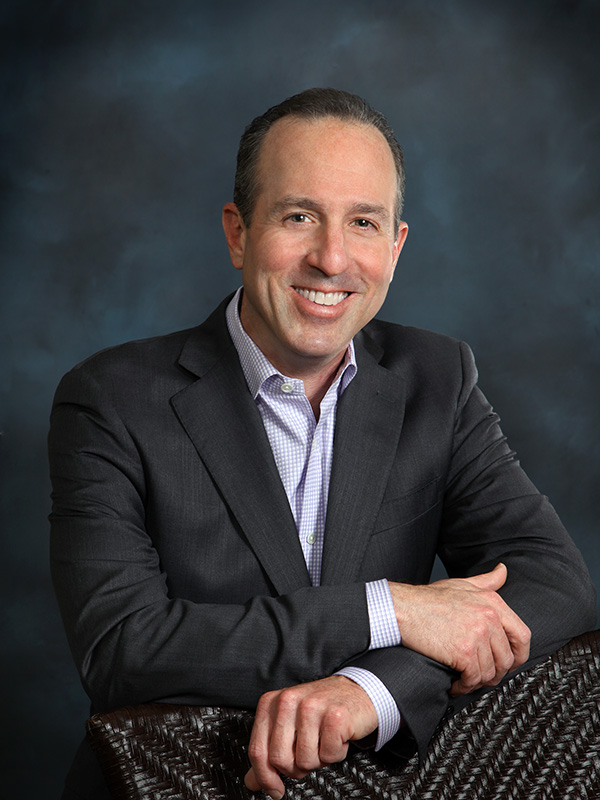Shoulder Instability Surgeon

Are you an athlete who participates in contact sports? If so, you may be at risk of developing glenoid bone loss due to recurrent shoulder instability. Patients who have glenoid bone loss associated with ongoing shoulder instability may be ideal candidates for a glenoid surgery. Shoulder instability surgeon, Dr. Mark Getelman provides diagnosis and both surgical and nonsurgical treatment options for patients in Los Angeles who have developed chronic shoulder instability. Contact Dr. Getelman’s team today!
Arthroscopic Glenoid Augmentation or Latarjet Surgery?
The shoulder joint is composed of three bones, the scapula (shoulder blade), the clavicle (collarbone) and the humerus (upper arm bone). The humeral head rests in the shallow socket of the scapula, known as the glenoid. The glenoid bone can become damaged and experience bone loss, typically from recurrent shoulder instability. Patients who have glenoid bone loss associated with ongoing shoulder instability may be ideal candidates for a glenoid surgery, otherwise known as an arthroscopic glenoid augmentation. Van Nuys, Westlake Village, Thousand Oaks and Los Angeles, California area shoulder surgeon, Dr. Mark Getelman specializes in diagnosing and treating shoulder instability connected with glenoid bone loss.
Anterior-inferior glenoid bone loss has been associated with recurrent shoulder instability in many patients. Shoulder instability occurs when the humeral head is forced out of the shoulder socket. This generally occurs from overuse or a traumatic event. Patients suffering from shoulder instability experience chronic pain and repeated shoulder dislocations.
Once glenoid bone loss is diagnosed, surgical correction must be performed. Dr. Getelman specializes in various arthroscopic glenoid augmentation and the Latarjet procedures, all designed to address glenoid bone loss. The amount of bone loss necessary to consider glenoid surgery varies, but many orthopedic specialists agree bone loss must be over 20-25 percent. Dr. Getelman is an expert in this complex injury and has frequently lectured and demonstrated these surgical techniques to surgeons around the world
Tissue grafts can be used in arthroscopic glenoid augmentation to rebuild bone loss and reconstruct the glenoid. These grafts include:
- Distal clavicle autograft
- Iliac crest autograft
- Distal tibia allograft
In autograft cases, a patient’s own tissue is harvested, either from the clavicle or the iliac crest (largest bone in the hip), and used to reconstruct the area of glenoid bone loss. In distal tibia allograft cases, a portion of a donor’s tibia is harvested and used to perform the reconstruction.
In addition, some patients who have excessive bone loss and instability following failed surgery or who develop instability with simple activities of daily living, a Latarjet procedure may also be considered. The Latarjet surgery has become an important and more frequently recommended shoulder surgery in patients suffering from recurrent shoulder instability with extensive bone loss.
The Latarjet operation also utilizes a bone graft but adds additional benefit with three main surgical components that create stability referred to as the triple blocking effect, including:
- The bony transfer- the coracoid process with the conjoined tendon is transferred to the front of the glenoid to restore the bony defects to restore the glenoid articular surface.
- The conjoined tendon is used to provide additional stability as it contacts the inferior subscapularis when the arm is rotated.
- The capsule is reconstructed using the coracoacromial ligament reinforcing the anterior inferior strength.
Dr. Getelman will explain all different graft options in great detail with each patient requiring anterior reconstructive instability surgery.
Arthroscopic Glenoid Augmentation Repair Protocols
Dr. Getelman will provide each patient with a detailed rehabilitation protocol following reconstructive instability surgery. The protocol may vary depending on graft used and extent of bone loss. All patients are expected to follow the guidelines to achieve a full and successful recovery.
For additional resources on arthroscopic glenoid augmentation or the Latarjet procedure, or for more information on graft options and glenoid surgery, please contact the Van Nuys and Westlake Village, California orthopedic office of Dr. Mark Getelman, shoulder surgeon.
